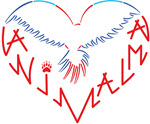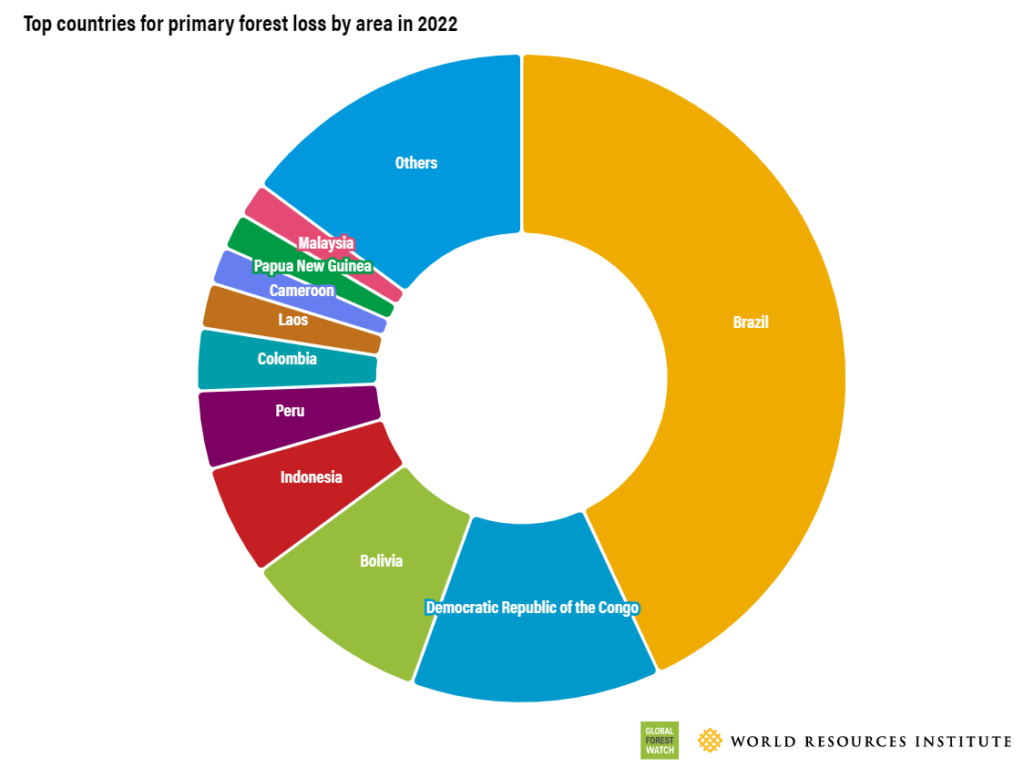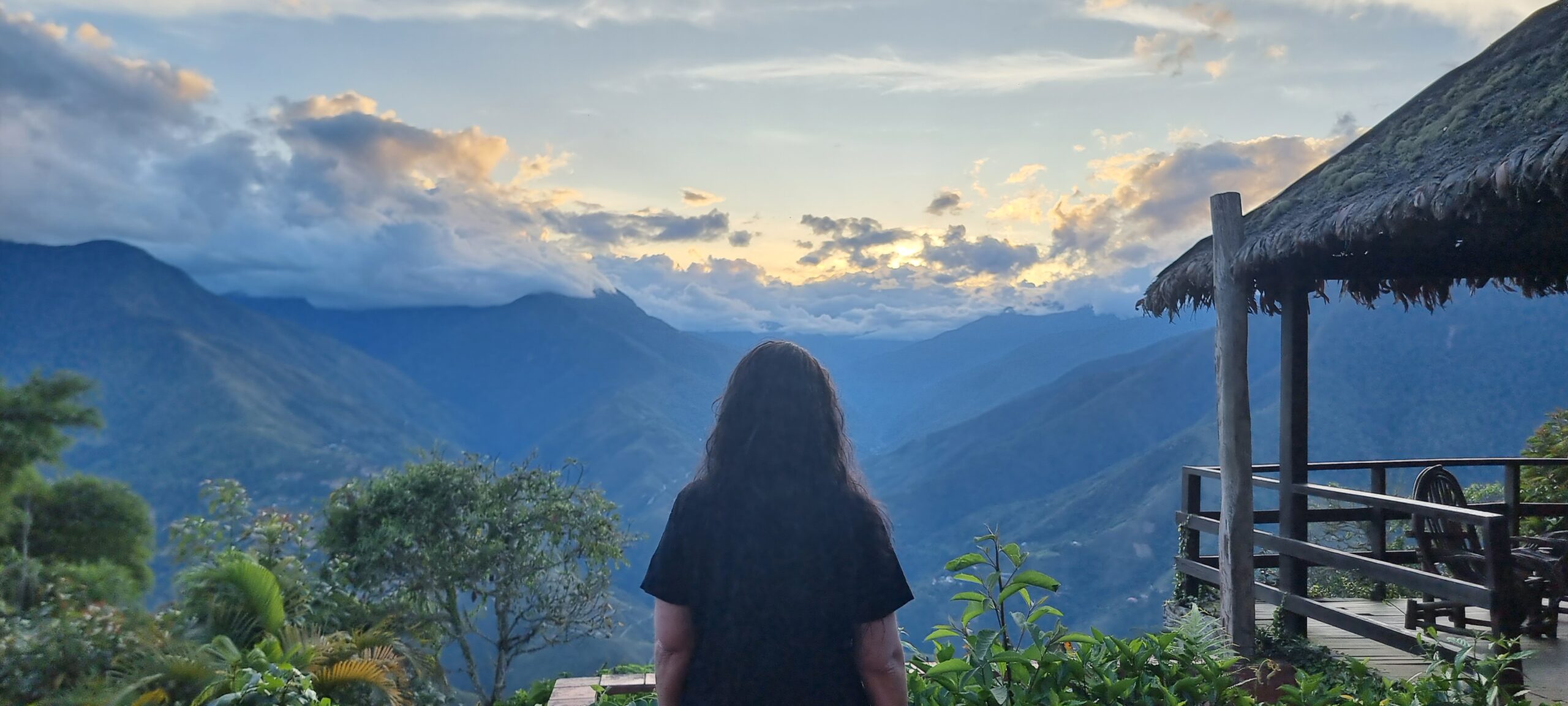
The beauty of Bolivia leaves you speechless – like here in Los Yungas.
Our country of assignment, Bolivia, introduces itself – with its beautiful, but also its dark sides.
Home of the heart
Our founder Sarah Fehr got to know and love Bolivia while travelling through South America. Her life was turned upside down when she volunteered at the Senda Verde animal reserve; since then, she has passionately pursued her path in animal welfarce and nature conservation with Animalma.
Bolivia, our country of assignment, is one of the countries with the highest biodiversity in the world, both in terms of flora and fauna. That is why we would like to introduce you to our heartland, its natural treasures, but also their threats.
The overview
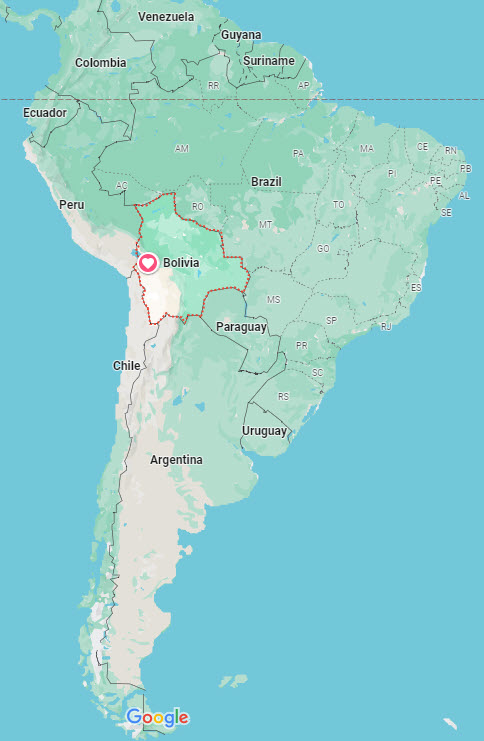
Bolivia is often referred to as the heart of South America, as it is centrally located between Peru, Paraguay, Chile, Argentina and Brazil on the South American continent.
12 million inhabitants live in a country of around 1,000,000 km2 (approx. 26 times the size of Switzerland). The Bolivian population is diverse and a colourful cultural mix of indigenous people (Quechua, Aymara, Chiquitanos, Guaraní, Moxos), “mestizos” (partly of indigenous & partly of European origin from the colonial era), whites and Afro-Bolivians.
The 36 official national languages and the term “plurinational state” defined in the constitution symbolise the multi-layered and therefore often complex encounter between different cultures.
Where different ecosystems meet, there is an incredible diversity of species. In Bolivia, it is the majestic Andes mountains and the evergreen Amazon that create an extremely diverse flora and fauna. In addition to 17’000 plant species, there are
- 389 mammals
- 1’435 bird species
- 908 different fishes
- 313 reptiles
- 251 amphibians and
- 13’719 insects
which have been counted to date.
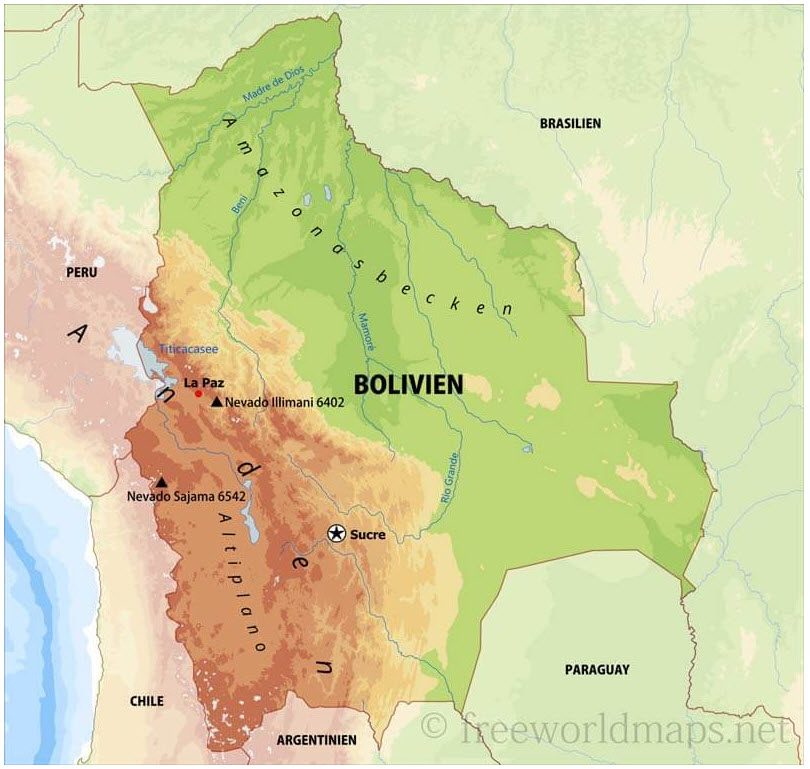
The heights of the Andes are home to llamas, alpacas and vicuñas, as well as Andean foxes, condors, flamingos and many other animal species. The habitat of the spectacled bear – the only bear species in South America – stretches from the high mountains through the cloud forests down to the Amazon.
In the world’s largest remaining rainforest, jaguars are at the top of the food chain and ensure balance within the ecosystem.
The trees are home to various species of parrots, toucans, sloths and different primates, while caimans, river dolphins, giant otters, capybaras and piranhas live on the ground and in the waters – to name but a few.
Although around 15% of Bolivia’s land area has been declared protected areas and national parks, this marvellous biodiversity is endangered.
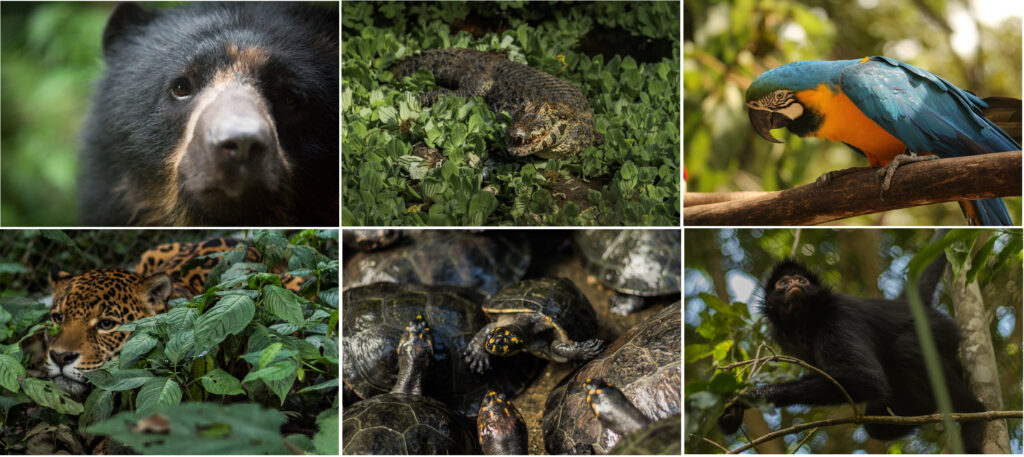
Photos by Kristi Odom, Maxine Lister & Noelia Chalfoun
The challenges
Meat, fire & cocaine
At 6.7 million square kilometres, the Amazon is the largest remaining rainforest on earth and is not only home to countless animal species and indigenous people, but is also directly linked to the global climate.
It is endangered by deforestation and slash-and-burn agriculture – including in Bolivia. The country is home to 6,6% of the Amazon – that may not sound like much, but it covers an impressive 442’200 square kilometres, that’s 10 times Switzerland.
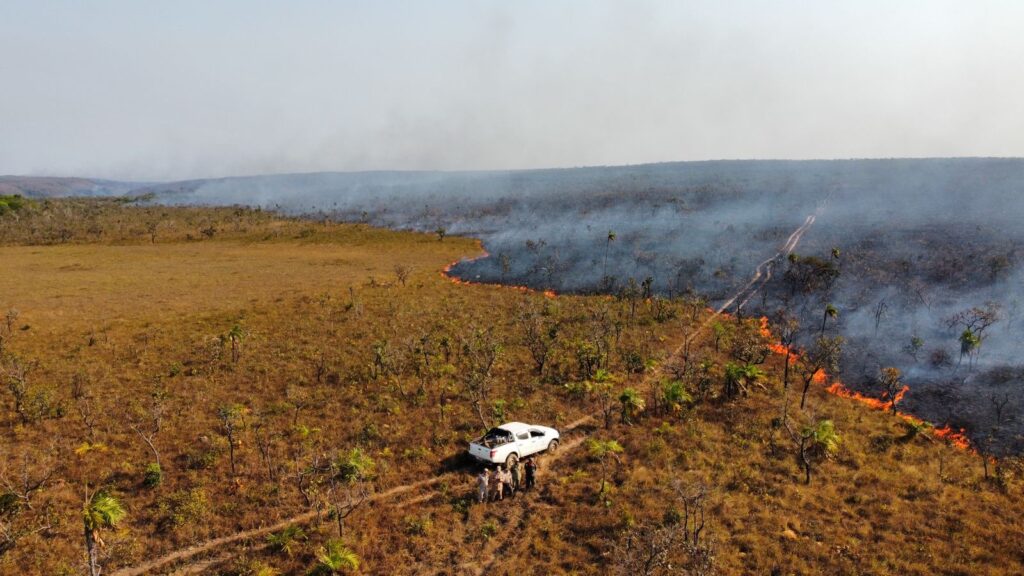
The destroyed areas are used as grazing land for cattle or as soya plantations, the harvests of which flow back into livestock farming. In addition, there are large coca plantations that extract all the nutrients from the soil. The plants are processed into cocaine in laboratories deep in the forests of Bolivia and distributed all over the world via smuggling routes.
In 2022, Bolivia ranks third in the loss of tropical rainforest worldwide for the third year in a row, 10% of the 41,000 km2 of primary forest lost. At the same time, the export of beef – especially to China – is increasing annually, for example by 299% from 2019 to 2020.
Illegal wildlife trade, corruption & poverty
The illegal wildlife trade is the fourth largest criminal activity in the world with an estimated turnover of USD 9 – 23 billion and is only topped by drug, counterfeit and human trafficking. In addition to local demand in South America, endangered species in particular generate high sales in the international destinations of North America, Europe and Asia. The animals are kept as exotic pets or parts of them are consumed in rituals, “traditional medicine” or as bushmeat.
Wildlife trafficking is often linked to other criminal activities and is fuelled by corruption and poverty – as is the case in Bolivia. The production of cocaine gives the illegal wildlife trade in Bolivia a special twist, as cocaine laboratories are hidden deep within the natural habitats of many coveted animal species. Small aeroplanes, airstrips and existing smuggling routes are used for the export and transit of wild animals in addition to the drug trade.
Particularly affected in Bolivia are birds (various parrot species), primates, Andean bears, caimans, vicuñas and jaguars – the latter’s rice teeth are traded in China as a fertility elixir.
Gold, Gold, Gold
The illegal exploitation of gold at the expense of the environment is a harsh and often concealed reality in Bolivia as well as in other South American countries. Rivers in the middle of nature reserves are contaminated with mercury, indigenous peoples fall ill and are exposed to blackmail, violence and greed for profit. Activists and rangers face a powerful, corrupt mining lobby.
A secretly taken video by an activist of illegal gold mining in the Bolivian Amazon
The hope
Staggering facts and figures dominate the preceding paragraphs. But as long as these unique ecosystems are not completely destroyed despite all the challenges, there is hope. Bolivia’s younger generations are taking to the streets in defence of nature. There are incredibly inspiring personalities on the ground who are fighting with all their might against the greed for profit and for the preservation of this natural paradise; such as Vicky Ossio & Marcelo Levy from Senda Verde, ranger & activist Marcos Uzquiano, indigenous protector Ruth Alipaz, veterinarian Carla “Carlita” Prudencia and many more.
Animalma supports this hope and this fight from Switzerland. With our campaigns, we help animal and nature conservationists on the front line to rescue and care for poached animals, fight forest fires and support endangered nature reserves. We are regularly on the ground, visit our projects, provide immediate aid in emergencies and want to be a voice for Bolivia. Our message:
Bolivia may be a small, unassuming country in South America, but it is home to incredible biodiversity that now needs our help and our voice.
Be part of our mission by supporting our projects:
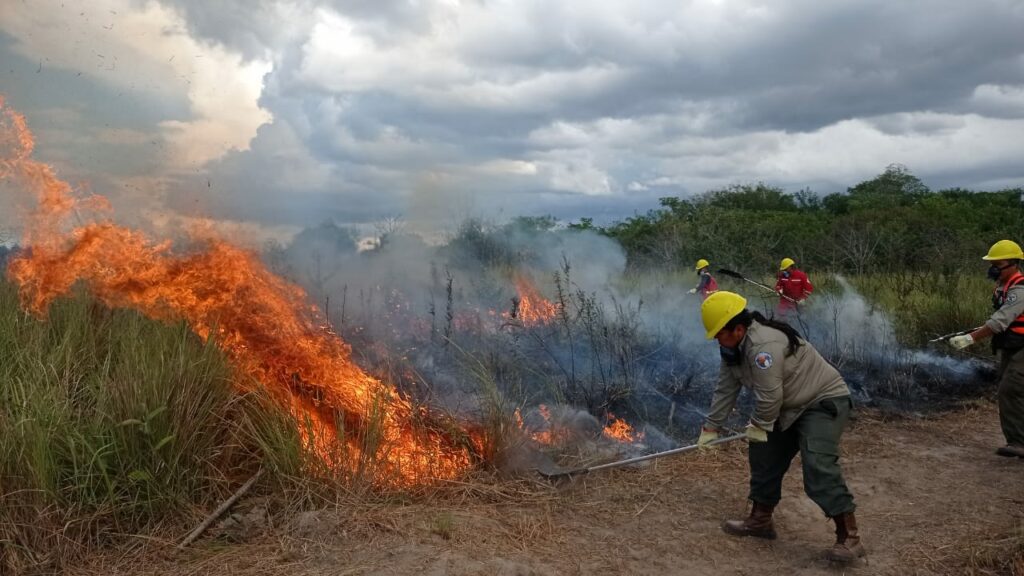
Our nature conservation project includes sending fire-fighting teams and veterinarians to crisis areas, preventive measures against forest fires, help for rangers in nature reserves and much more.
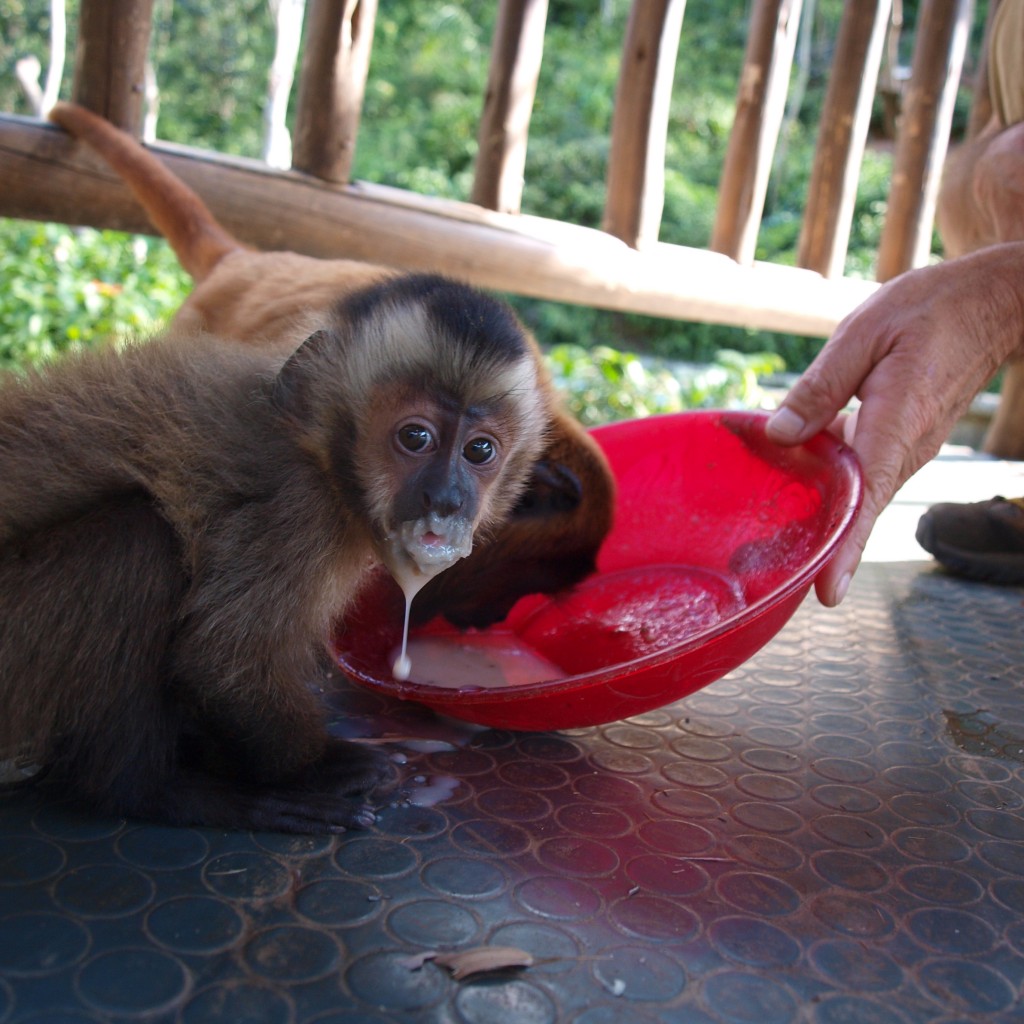
Since the coronavirus pandemic, we have been supporting the Senda Verde animal reserve in providing basic care (food and medical care) for the 1000 wild animals in the reserve.
Sources & further information
Introduction to Bolivia for children (& adults) in German: https://www.kinderweltreise.de/kontinente/suedamerika/bolivien/daten-fakten/steckbrief/
Facts about the Amazon (in German): https://www.wwf.ch/de/wo-wir-arbeiten/amazonas-kronjuwel-der-weltnatur
Biodiversity & ecosystems in Bolivia: https://www.researchgate.net/publication/329625697_Biodiversity_in_Bolivia_Selected_Countries_in_the_Americas_and_Australia
Report on the illegal wildlife trade on the ground: https://www.iucn.nl/app/uploads/2021/04/an_assessment_of_wildlife_poaching_and_trafficking_in_bolivia_and_suriname1.pdf
Deforestation & meat export: https://research.wri.org/gfr/latest-analysis-deforestation-trends & https://trendeconomy.com/data/h2/Bolivia/02
